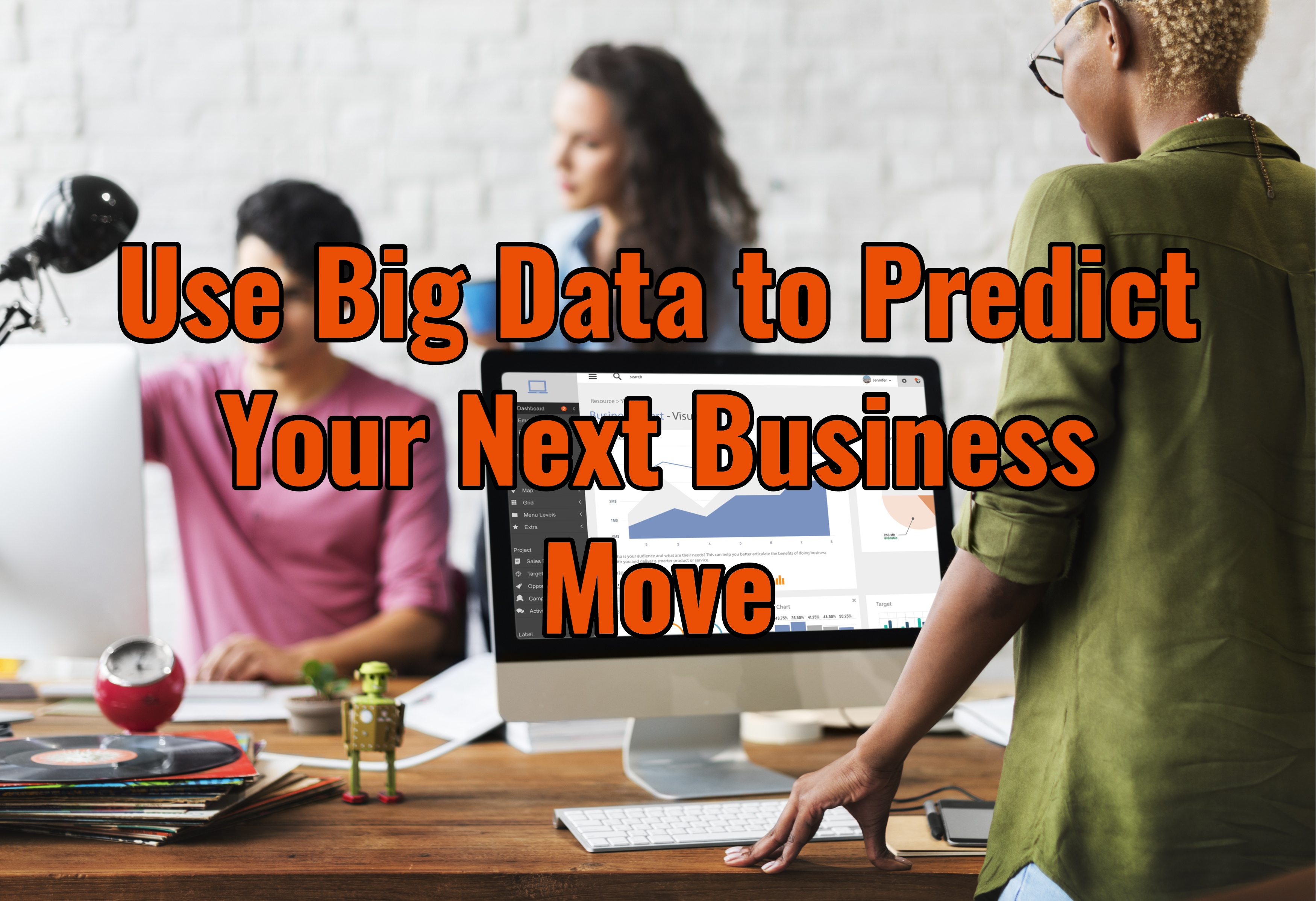
The Power of Big Data and Predictive Analytics
Throw away the tarot cards, put the crystal ball on the shelf and discard your Magic 8-Ball. The tools that will predict your company’s future can be found in enterprise software. With constant new developments in technology and enterprise marketplace trends, manufacturers and distributors can often find themselves pulling out their hair as they try to keep up. Legacy software and spreadsheets fail to process growing data sets, causing businesses to fall behind. Fortunately, advanced predictive analytics tools, such as those found in Epicor ERP, leverage big data to see into your business’ future. Before we explain these tools, let’s establish some background:
What is Big Data?
Excel and older software systems work just fine for small amounts of data. However, when you start getting into petabytes of data, you’re dealing with big data. A petabyte, by the way, is equivalent to over a quadrillion bytes or 1.5 million CD-ROM discs—that’s a lot of data! We owe the explosion of big data to incredible advancements in digital data storage. But big data isn’t just about size. Sometimes small amounts of data contain ample information or patterns, rendering the data too complex for Excel and legacy software. The volume and complexity of big data can certainly prove overwhelming, and that’s where ERP comes in.
How Do We Use All This Data?
A lot of manufacturers find themselves asking this question, and for good reason. Manufacturers only use about half of their data when making key business decisions. Closing the gap between the immense volume of data and the amount that is actually used requires robust enterprise software technology.
Big data is crucial to analyzing your business’ past in order to plan for the future. Epicor ERP’s predictive analytics technology processes every last data set and uses pattern recognition to predict what’s next for your enterprise and how you can manage it to drive revenue and cut costs. By mapping geographic, demographic and seasonal trends, Epicor forecasts when your customers will need more product, where to ship new stock in line with increased demand, and who to approach if a scheduled maintenance for one of your items is coming up.
With predictive analytics, big data isn’t just taking up space in your system. Instead, it is creating end-to-end visibility throughout the supply chain. By enabling precise demand planning, Epicor’s predictive capability helps you maintain lean manufacturing principles. When you know what and how much to produce, you can avoid ordering excess raw materials or flooding your warehouse, ultimately saving you time and money. Leveraging historical data about clients to predict supply and demand also ensures that you meet the needs of customers, encouraging them to come back for more of your products and services. The benefits of enterprise software are as large as your data sets.
What Next?
Predictive analytics isn’t just an ERP thing. CRM also transforms big data into integral business insight. The robust systems of Microsoft Dynamics 365 and Salesforce leverage a wealth of customer information to make predictions, recommend best actions and even automate many of those actions. Furthermore, CRM enables sales and marketing teams to work together to utilize real-time data to identify new customers and marketing strategies.
ERP and CRM work at their best when they are integrated into a cohesive system. Software integration enables streamlined business practices as well as increased transparency and efficiency, helping you get even more out of big data. Unity, Datix’s revolutionary software integration solution, connects a variety of software into one, cohesive system. Plus, you can enjoy the premier service of our expert consultants. As an Epicor Platinum Partner with 20 years of experience, Datix leads the field in solving real problems with innovative software solutions.
Do you have immense data lakes that you aren’t sure how to use? Contact Datix consultants today, and learn how enterprise software systems will help you dive into that data and use it to predict your next business move!

